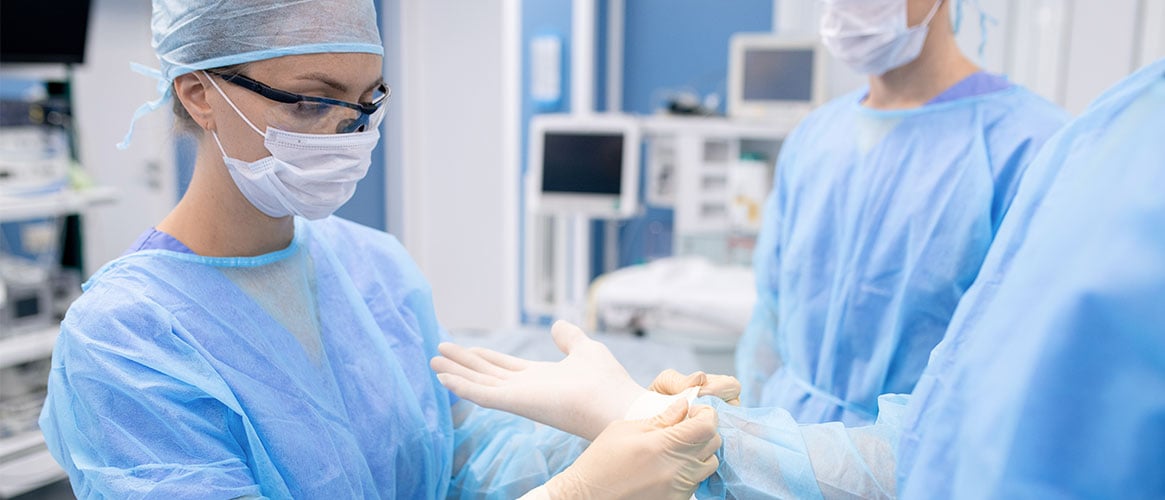Safe patient care begins with Standard Precautions. These are the minimum steps healthcare providers must follow when working with patients. These precautions are in place to help protect your employees from infection as well as to help prevent the spread of infection from one patient to another. No matter what the infection status is for a specific patient, it is important to take the same precautionary steps such as washing hands and using personal protective equipment (PPE).
What your employees need to know about standard precautions
Hand hygiene is a critical step. According to the Centers for Disease Control (CDC), it prevents the spread of germs—including those that are resistant to antibiotics or are difficult or impossible to treat.
In addition to hand hygiene, the use of gloves and other PPE, standard precautions refer to:
- The proper handling of needles
- Safe injection practices
- The proper etiquette when coughing or sneezing
- The proper way to clean and disinfect surfaces
When it comes to disinfecting surfaces, your infection control coordinator will designate Environmental Protection Agency (EPA)-registered disinfectants for your use. In the healthcare industry, the infection control coordinator role is most often filled by a safety coordinator, nursing supervisor, or head nurse. The disinfectants your employees use will differ depending on the infectious organism. Surfaces should be cleaned and free of dust prior to the application of disinfectants.
What your employees need to do to follow standard precautions
Before providing care, it’s critical that healthcare providers wash their hands. Use non-antimicrobial soap and water and continue the process for 20 seconds. You can also use an alcohol-based hand rub or an antiseptic hand wash. Use dried paper towels to turn off the faucet and open doors.
Other steps to follow include:
- If your gloves have touched bodily fluids or substances, change gloves and wash your hands between procedures.
- Remove your PPE before leaving a patient’s room and discard it.
- Use new PPE when beginning care with the next patient.
- Cover the nose and mouth with a tissue when coughing or sneezing. (If no tissue is available, cough or sneeze into the elbow. Avoid coughing into the hands).
- Use tissues to contain respiratory secretions and disposing of them in the nearest waste receptacle after use.
If you have to transport a patient, only do so when necessary. Before moving the patient, change the patient’s gown and linens, make sure infected or colonized body areas are covered, and wash their hands.
Cover the surfaces of transportation vehicles, such as wheelchairs and stretchers, with a sheet or similar barrier to prevent direct contact with the patient’s skin.

